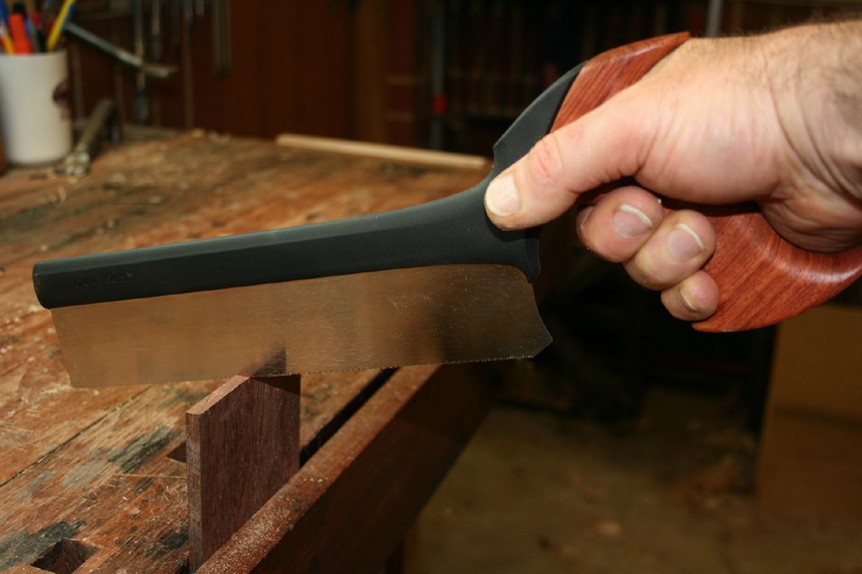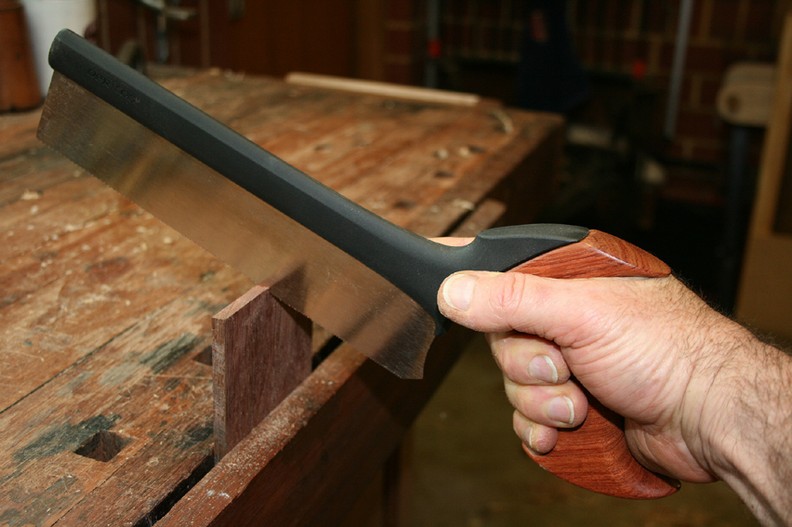lurker
Le dullard de la commune
Wizer
Please stop slagging Jacob off because you don't agree with him. People who don't share your views are not automatically trolls.
I think he talks a lot of sense (until he starts on about bluddy chisel sharpening :roll and deserves as much (if not more) respect as I would expect you to be given
and deserves as much (if not more) respect as I would expect you to be given
AND you have me wrong matey - I'm the biggest tackle tart going.
eg six good back saws including the quite brilliant Vertitas ones + a Gramercey kit order in progress.
I must admit I don't see the point of new chisels as there are so many good marples out there & they are a doddle to fix (Tom I bet I have close to 50 chisels :roll: ) but if you want them fine - I understand.
Just don't insist their "quality " is essential
The point still remains whatever you buy you need the expertise to use & maintain it
Tony Spear - I think I could like you :lol:
My hobbies are woodwork, fly fishing, just returned to photography (spent £500 last week - see wizer! ) & my series 2 ( I don't like your idea of bastardising them though)
Please stop slagging Jacob off because you don't agree with him. People who don't share your views are not automatically trolls.
I think he talks a lot of sense (until he starts on about bluddy chisel sharpening :roll
AND you have me wrong matey - I'm the biggest tackle tart going.
eg six good back saws including the quite brilliant Vertitas ones + a Gramercey kit order in progress.
I must admit I don't see the point of new chisels as there are so many good marples out there & they are a doddle to fix (Tom I bet I have close to 50 chisels :roll: ) but if you want them fine - I understand.
Just don't insist their "quality " is essential
The point still remains whatever you buy you need the expertise to use & maintain it
Tony Spear - I think I could like you :lol:
My hobbies are woodwork, fly fishing, just returned to photography (spent £500 last week - see wizer! ) & my series 2 ( I don't like your idea of bastardising them though)






